
To say the future of point of sale (POS) systems is changing rapidly—and so are the businesses that use them—would be an understatement. Checkout-free, cashless shopping is already here for physical stores, whilst augmented reality is becoming a popular new way to sell products online.
Multiple trading challenges in amidst a topsy-turvy world economy, topped with a global pandemic have produced a unique landscape for business owners to traverse. So, after all the upheaval, how are POS systems adapting to meet the needs of these businesses moving forwards?
Mobile POS systems still in demand
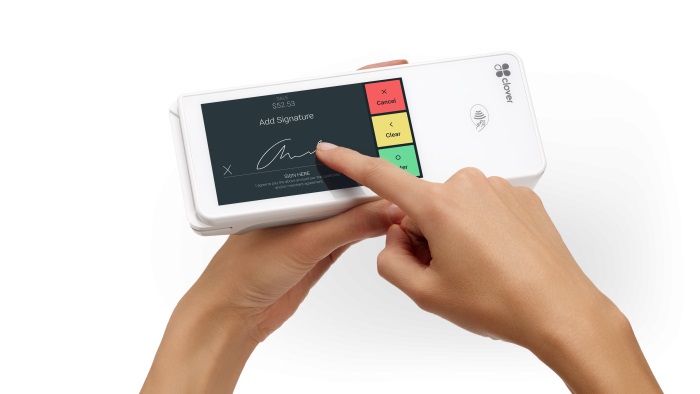
For the foreseeable future the trend of mobile POS (mPOS) systems is set to continue. Growth of both fixed and mobile POS systems is predicated to expand rapidly in the next few years, with a CAGR of 10.15% predicted between 2020 and 2027, according to analysis from Research and Markets.
While fixed POS terminal systems continue to dominate the industry, there is an increasing need for mobile options, especially from companies at the smaller end of the scale.
The smaller your business the more dynamic and fast its growth potential can be, so enlisting the help of a mobile-based POS system designed for small businesses makes a lot of sense if you’re not just focused around a traditional bricks and mortar store setup.
And, where big businesses have multi-layered levels of bureaucracy and procedures to navigate before being able to make their decisions, SMBs can move much more swiftly. Mobile POS systems are therefore perfect for fledgling businesses and agile start-ups. Being adaptable is crucial, especially if you’re running a small to medium-sized business that has thankfully managed to navigate the last couple of years successfully.
The next big POS system provider? Amazon

E-commerce giant Amazon has recently announced that it’s going to be working on a new POS, to be released in the near future, that’s being designed to target the needs of the small business community.
Are you a pro? Subscribe to our newsletter
Sign up to the TechRadar Pro newsletter to get all the top news, opinion, features and guidance your business needs to succeed!
That will put it up alongside the likes of Shopify and PayPal, both of which have already transformed the world of e-commerce for SMBs by streamlining the payments process for small businesses around the world.
The system, dubbed Project Santos, has been engineered internally by a team at Amazon with the objective of making it able to directly compete with Shopify. Said to offer both online and offline transactions, this versatile variation on the POS theme could also offer integration with other services, such as Prime and Flex. It might turn out to be a game-changer.
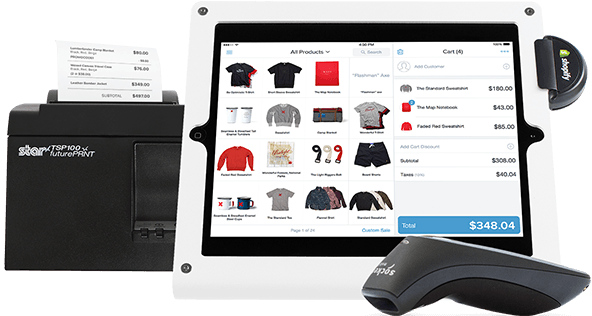
Find out why Shopify's POS system is a model point of sale system that could quickly help boost in-store and online sales for your business.
Such a POS system would certainly have appeal and will likely be powerful too given its roots in Amazon’s global infrastructure. Crucially, according to the e-commerce giant, the POS system could end up being offered on to third-party sellers, which may present existing POS vendors with a big problem.
Competition is often seen as being healthy, but with many POS companies only just finding their feet again after all that’s happened in the last couple of years, Amazon’s POS venture might not be greeted with open arms by everyone.
Other obstacles
There are more potential issues on the horizon too, with larger companies and, in particular, monolithic retailers like the supermarket chains looking to head towards checkout free shopping.
Again, Amazon has been leading the way with its pioneering scheme, Amazon Go. This lets consumers walk into its physical Fresh grocery outlets, select items and effectively walk back out again using nothing more than their app and an Amazon account to ensure shopping costs are covered.
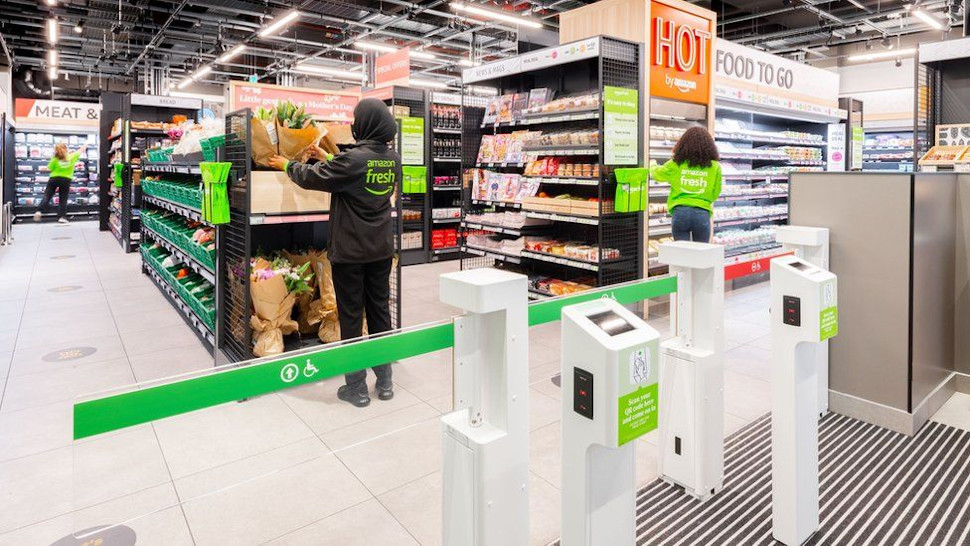
The technology being used in Amazon’s blossoming Fresh chain is also being made available to other retailers. However, much like investing in a POS system, there is additional cost involved for the array of cameras, depth sensors and other tech needed to make the process work effectively. It’s a great idea, but needs a full plan of investment in order to flourish.
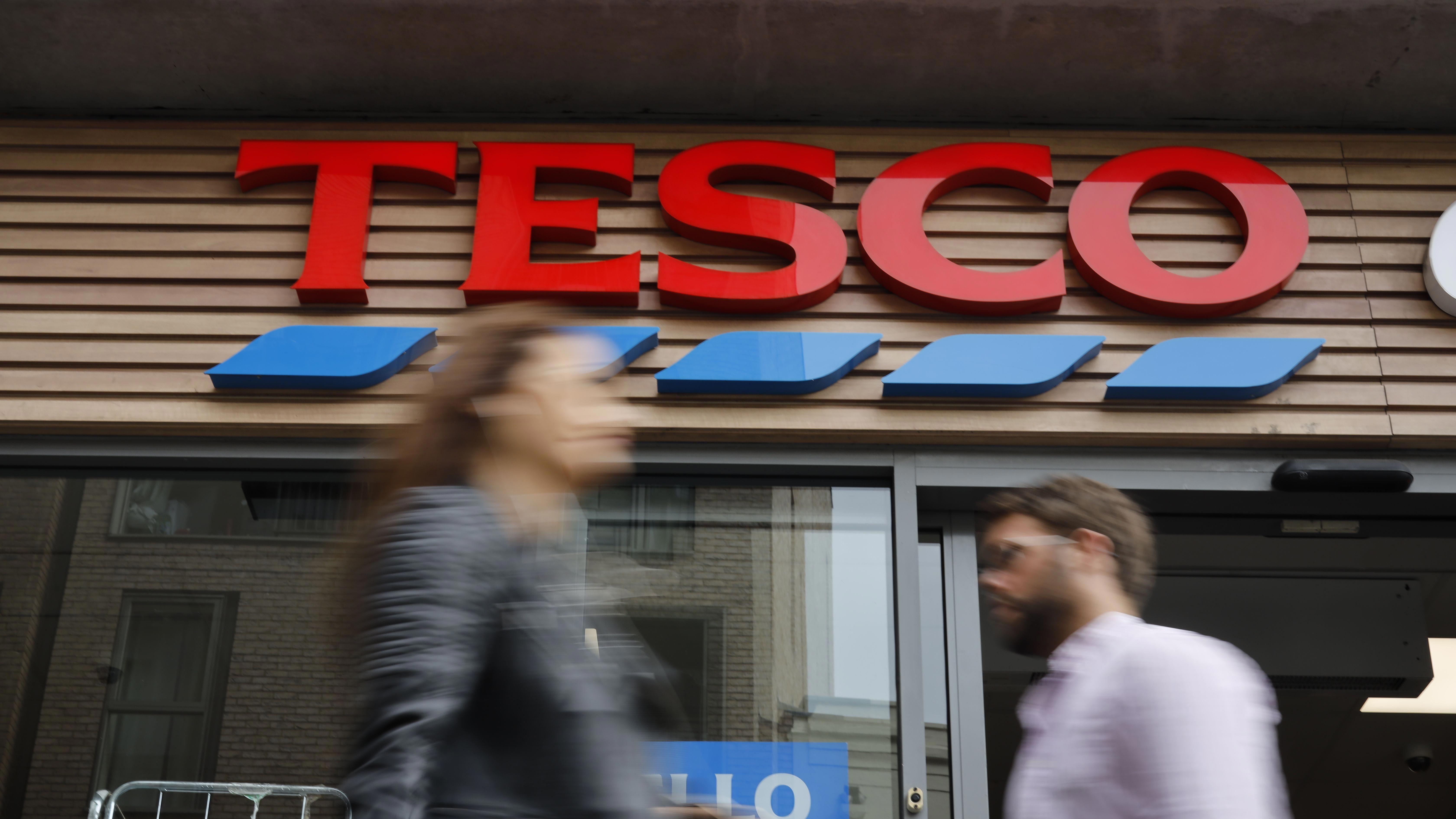
Meanwhile, in the UK, retail giant Tesco has recently opened its first GetGo checkout-free store in London, using the motto ‘No scanning, No checkouts, No queues’. It employs a converted existing outlet to let customers shop and pay without the need for scanning any products or, crucially, passing through a checkout.
All a customer needs is the Tesco app. Technology provided by Israeli firm Trigo, which includes a cocktail of cameras and weight sensors that aims to ensure everything is bought and paid for, does the rest.
VR Shopping and the rise of AR Shopping apps

What the future of fashion retail will look like with AR shopping apps and VR headsets (gallery)
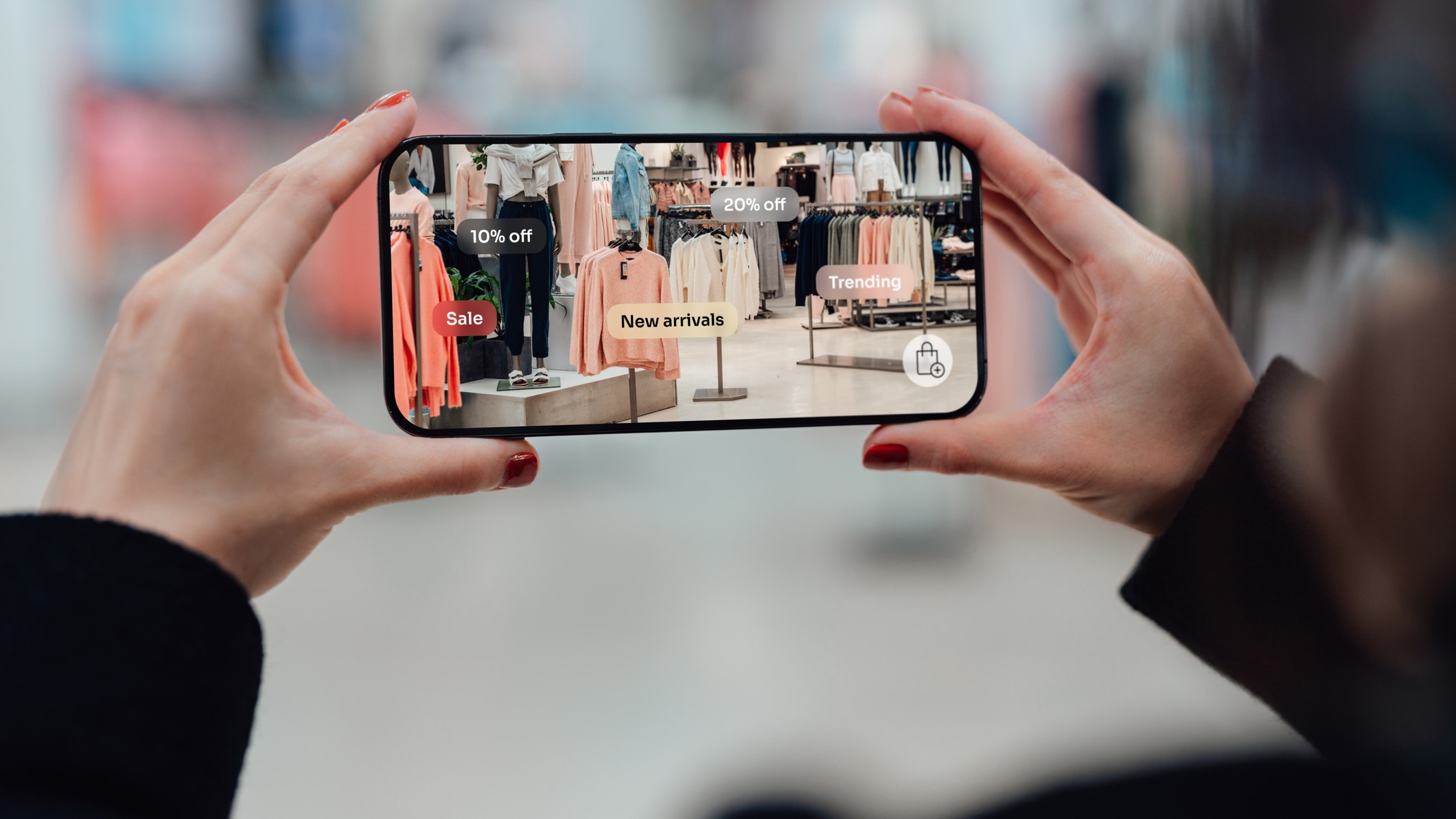
What the future of fashion retail will look like with AR shopping apps and VR headsets (gallery)
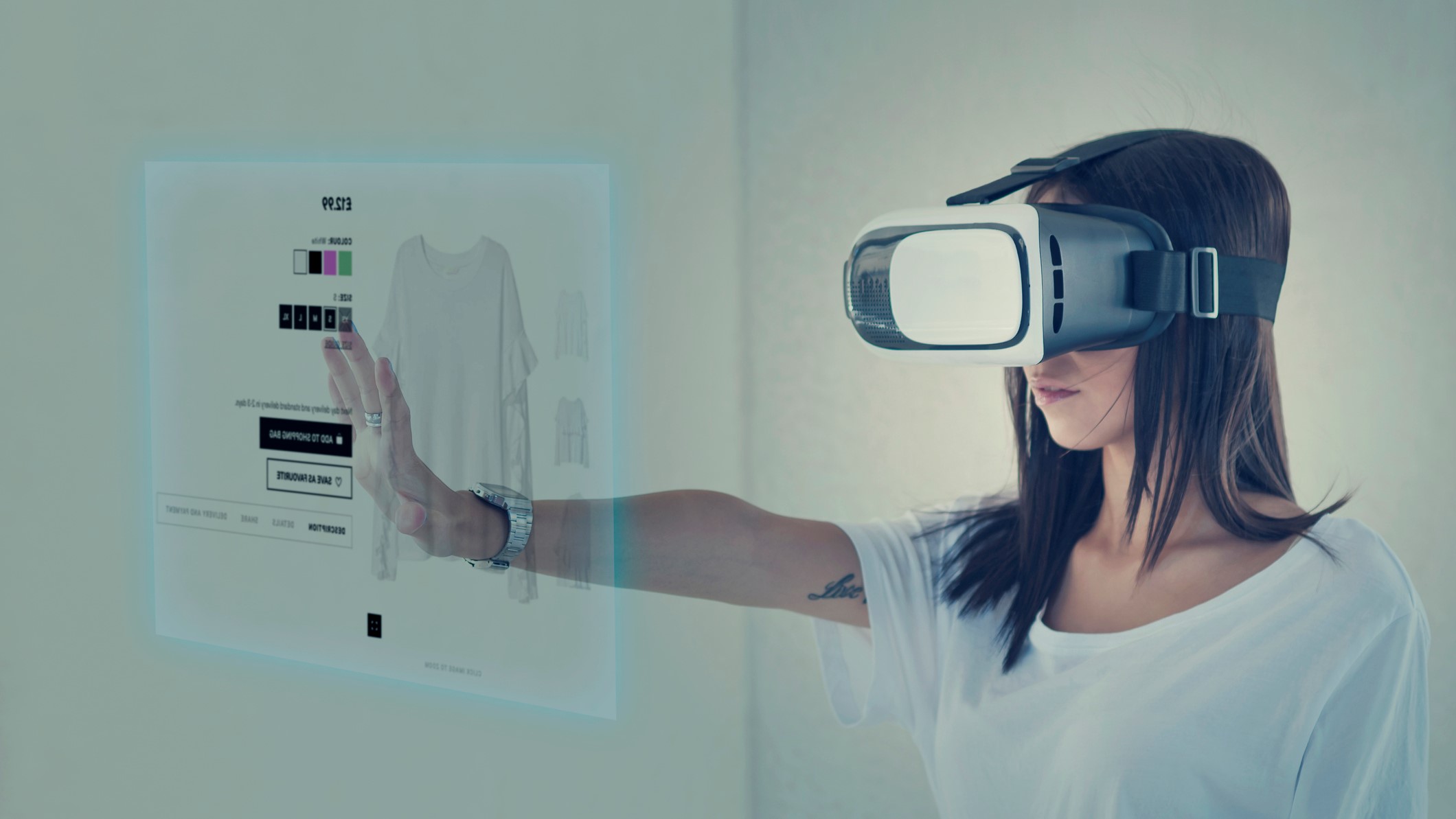
What the future of fashion retail will look like with AR shopping apps and VR headsets (gallery)
When Steven Spielberg developed the film Minority Report (2002) with a team of Futurists, few suspected his display of virtual technology with facial recognition software and personalised digital advertising would come true. With fiction now becoming fact, Spielberg's prediction is reality today in the form of Virtual Reality (VR) shopping and Augmented Reality (AR) shopping apps.
410,000 AR glasses were sold in 2021 alone, so it's no surprise iconic retail brands such as IKEA, eBay and Zara continue to experiment with new ways to engage consumers with their products. Zara targeted its millennial buying audience back in 2018 with an AR mobile app that allowed users to point their phones directly at products to see how the fashion moved and modelled in (augmented) reality.
With many fashion retail stores closing their changing rooms for safety during the Covid-19 outbreak, think how invaluable such an app would've been to Zara shoppers in 2020. Outside of safety concerns, AR apps give customers who are busy, would prefer not to/are unable to use public changing rooms another accessible way to shop.
A post shared by ZARA Official (@zara)
A photo posted by on
Considering the fact that Google's 2019 AR survey made it clear that 66% of retail customers "are interested in using AR for help when shopping", it was inevitable that we'd have global companies like Snapchat partnering with retail exhibition festivals like ComplexCon to release new fashion designs via Augmented Reality exclusively.
The market for AR and VR in retail will reach $1.6 billion by 2025
Goldman Sachs
Your business can get ahead of the VR and AR shopping trends by starting to survey existing customers on their current shopping habits and desires for new ways to shop your brand. After all, VR and AR shopping may not be what we think of immediately when we say point of sale system, but the future of POS systems is offering customers new ways to pay wherever they are, whenever they're ready.
Cashless society, cashierless shopping
Given the customer demand for complete flexibility when it comes to modern shopping, the future of point of sale is not only virtual, it's becoming cashless.
The cashless society, once seen as an impossible dream creeping ever closer is now current fact. Consumers want convenience and companies need to maximise profits. Not having the faff involved with conventional cash could help with that.
If you’re in the business of selling POS systems that could put you in a very good position, especially as many consumers are becoming increasingly obsessed with using their smartphones to pay for everything.
Businesses that can offer a blend of payment options, both in-store and online, will be best positioned to exploit the evolving situation as old-school cash gets sidelined.
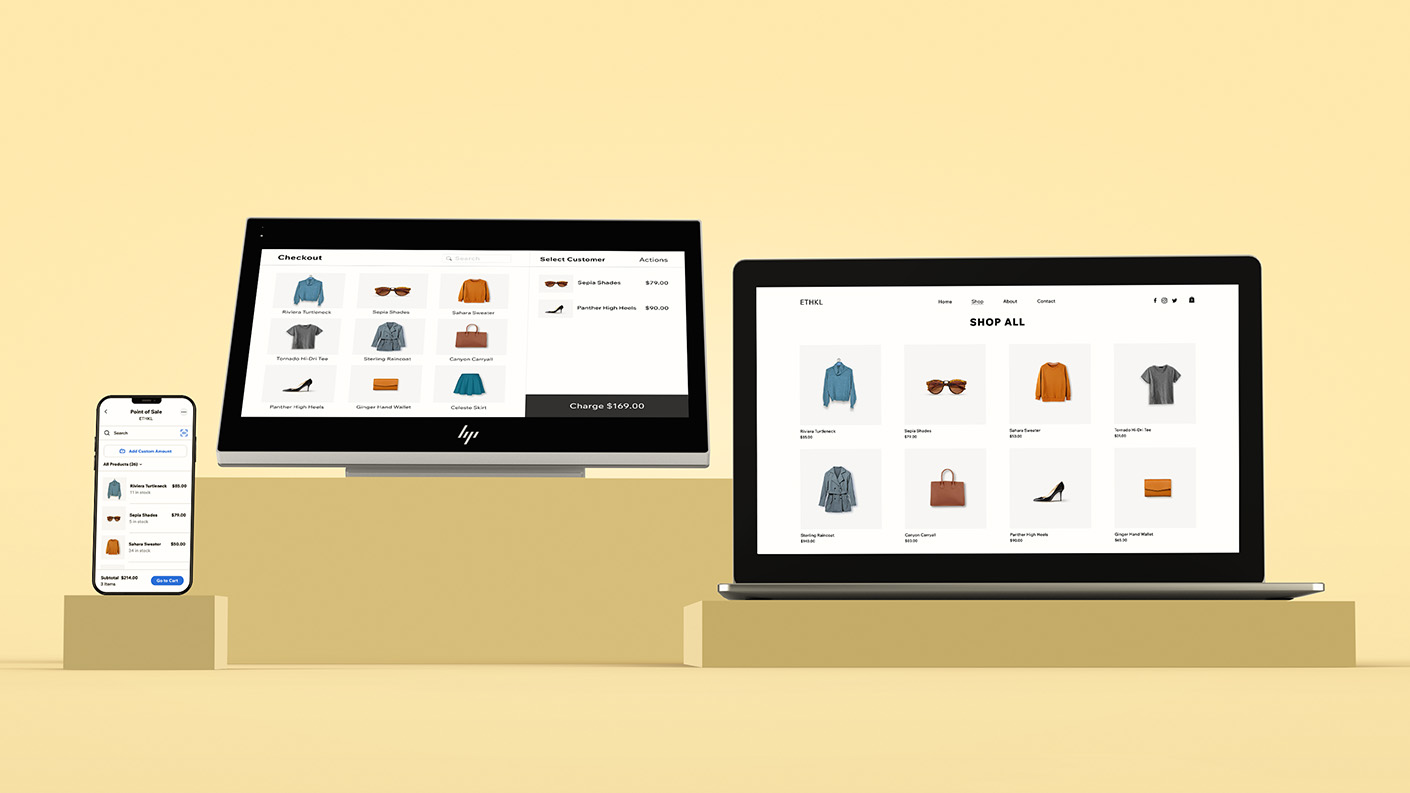
Learn how website-builder Wix, who expanded into the POS industry as a provider are taking the market by storm with a stellar point of sale product in our Wix POS review.
Wix, the website building and e-commerce specialist, is a good example of how to do more with the POS platform. It has expanded its product portfolio and now includes Wix POS as a supplementary option for business customers.
The enhancement to Wix’s e-commerce platform means that businesses can streamline their checkout processes, all within the context of one straightforward account.
This approach appears to be paying dividends for Wix, so much so that e-commerce businesses on the platform grew by more than 45% between March 2020 and March 2021.
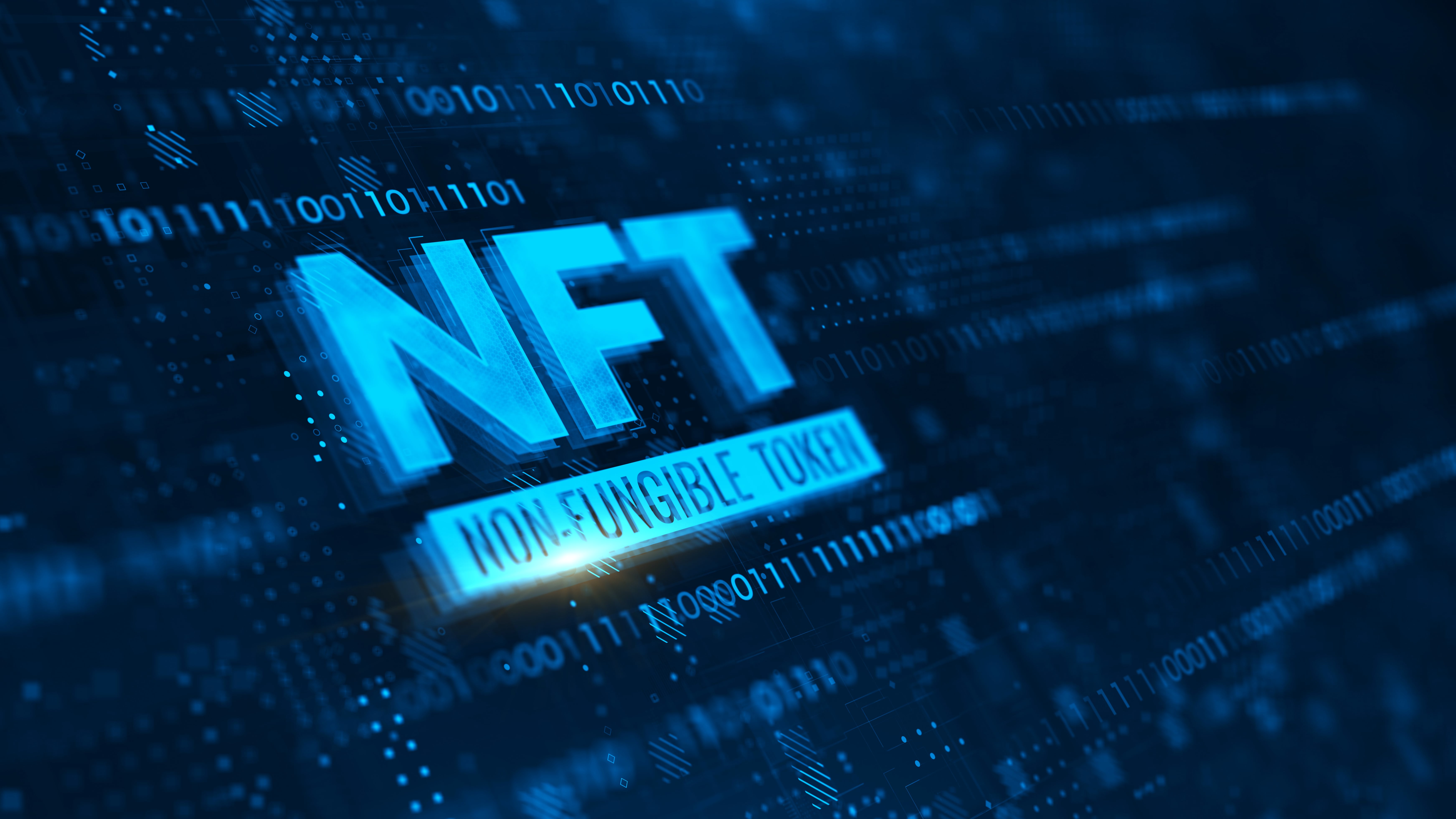
For the futuristic self-employed or SMB owner looking to take payment in alternative forms such as cryptocurrency, you may want to add NFTs to your currency bucket.
Visa's Cuy Sheffield, Vice President and Head of Crypto, told pyments.com CEO Karen Webster that "using NFTs to buy, sell and own digital goods will pave the way for new ways of collecting, yes — and conducting commerce across social media, retail and entertainment channels." in August 2021.
Future proofing
Where once POS systems used to revolve around a terminal at the checkout, in the future business owners will need to have a much more fluid and flexible approach. Who knows, we may eventually get the fully autonomous store, with no need for checkouts at all. Customers increasingly want more convenience, so the omni-channel shopping app might end up doing most of the hard work instead.

Business will therefore need to look at multidevice POS systems, which will not only offer fast and efficient order and purchase processing, but will also facilitate easy returns processes.
A blend of fixed multidevice POS systems augmented by mobile POS, or mPOS sytems can certainly help with that. The ability for consumers to click and collect, or have an items shipped on to them if it’s not in stock needs to be handled effectively too.
Resourceful retail: AI shopping
That’s where new technology will continue to shine through, with the autonomous stores of the future increasingly using a mix of cloud-based software, AI and machine learning in order to create more effective experiences for shoppers.
Technology is also great for identifying customers and tailoring products and ordering options directly to specific individuals. Data collection can also aid this process. Current POS systems and e-commerce websites are already making inroads into this more autonomous world of trading.
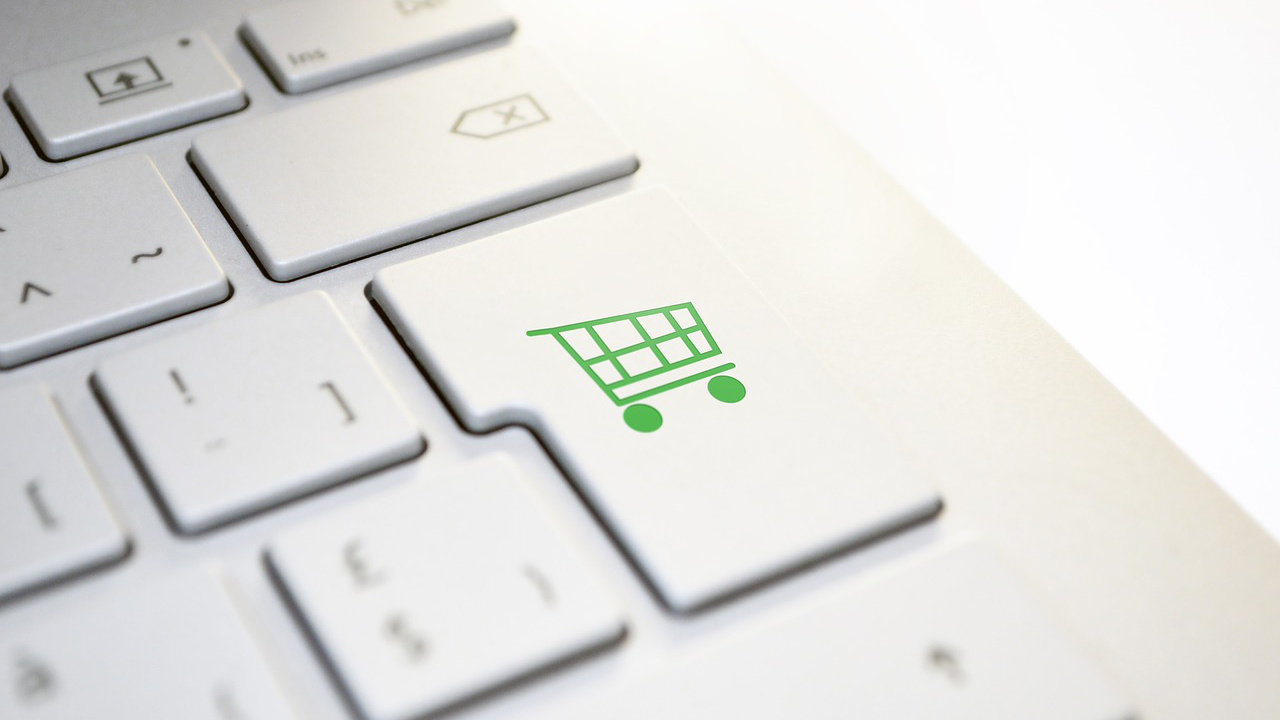
The future of POS: Point of sale artificial intelligence (AI)
Perhaps the future of POS could ultimately lie with disruptive tech, like AI. Use of an AI POS system gives businesses untold freedom by allowing them to offer a multitude of payment acceptance options via their online e-commerce outlets, mobile apps, chat and social channels as well as more traditional in-store routes too.
AI POS systems deliver the ultimate in flexibility, while also offering precision monitoring of inventory tracking as well as order management. The AI POS system can also be easily integrated to assist with reporting and be connected to accounting systems too. Better still, the AI POS system is super smart, meaning that it will be better placed to track customer behaviour and adapt accordingly. What more could your business want?
Intel, by way of an example, notes that one of its ecosystem partners has recently unveiled an AI-powered automated cash register that was developed using the OpenVINO toolkit.
The great thing about it is that the system can support numerous payment methods, which includes both mobile and facial recognition options. It promises a faster, fresher and more efficient future for everyone.
Smarter POS systems
While technology might change the way the POS industry ticks in the future, there is clearly still demand for what current POS systems deliver. Indeed, a recent insight into the POS landscape carried out by Juniper Research found that smart terminal usage, where analytics and loyalty data can be integrated into the terminal, is expected to increase from 13.7 million units this year to 35 million by the year 2026.
In fact, growth for POS in all its variants looks to be very healthy indeed, thanks to the increasing desire by consumers for making digital payments.
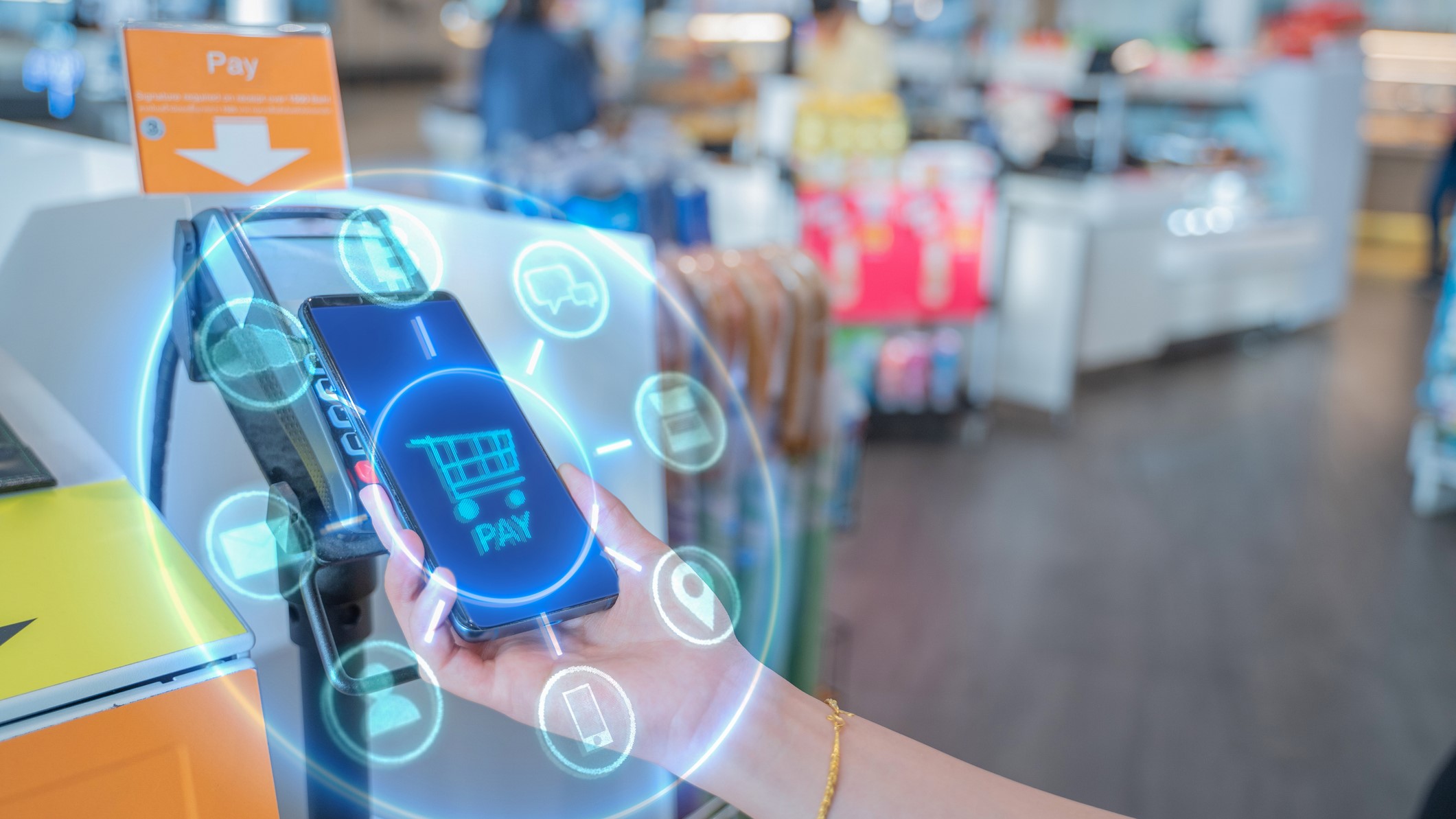
Smart POS terminals will be able to handle transactions more efficiently, and Juniper’s findings confirm the growing trend for contactless technology. Indeed, cash-free payments are expected to represent around 57% of all transactions by 2026, compared to just 25% in 2021.
Similarly, the option for using NFC on mobile devices is also increasingly popular and will allow wider adoption of soft POS in the next few years.
The benefit of going down the soft POS route is that it delivers a cheaper route for card acceptance. And, if you're a small business trying to keep costs down, that could mean the difference between make, or break.
Rob Clymo has been a tech journalist for more years than he can actually remember, having started out in the wacky world of print magazines before discovering the power of the internet. Since he's been all-digital he has run the Innovation channel during a few years at Microsoft as well as turning out regular news, reviews, features and other content for the likes of TechRadar, TechRadar Pro, Tom's Guide, Fit&Well, Gizmodo, Shortlist, Automotive Interiors World, Automotive Testing Technology International, Future of Transportation and Electric & Hybrid Vehicle Technology International. In the rare moments he's not working he's usually out and about on one of numerous e-bikes in his collection.
